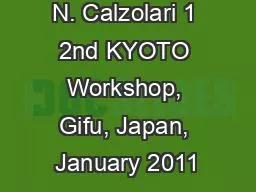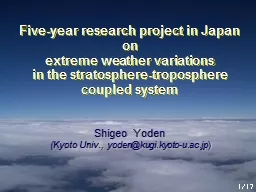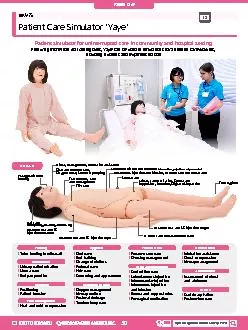PPT-International Young Scholars Workshop (IYSW), Kyoto Univers
Author : tatiana-dople | Published Date : 2016-08-03
UXO and SocialEconomic Development in Lao PDR By Mr Vilavong SYSAVATH National University of Laos Literature review This paper will present an overview of UXO
Presentation Embed Code
Download Presentation
Download Presentation The PPT/PDF document "International Young Scholars Workshop (I..." is the property of its rightful owner. Permission is granted to download and print the materials on this website for personal, non-commercial use only, and to display it on your personal computer provided you do not modify the materials and that you retain all copyright notices contained in the materials. By downloading content from our website, you accept the terms of this agreement.
International Young Scholars Workshop (IYSW), Kyoto Univers: Transcript
Download Rules Of Document
"International Young Scholars Workshop (IYSW), Kyoto Univers"The content belongs to its owner. You may download and print it for personal use, without modification, and keep all copyright notices. By downloading, you agree to these terms.
Related Documents














